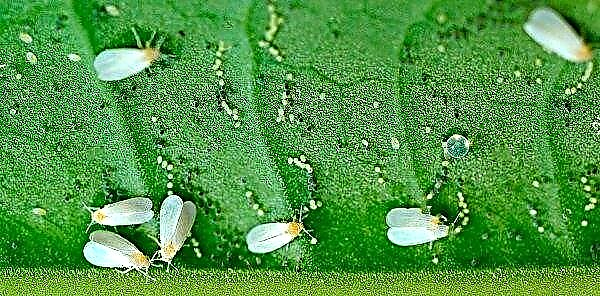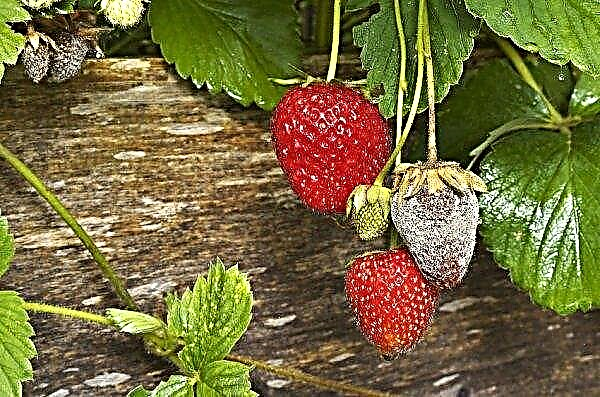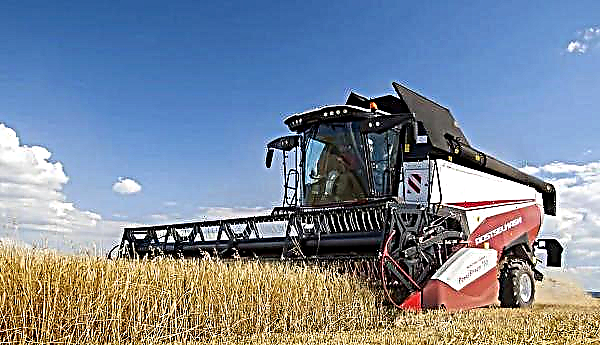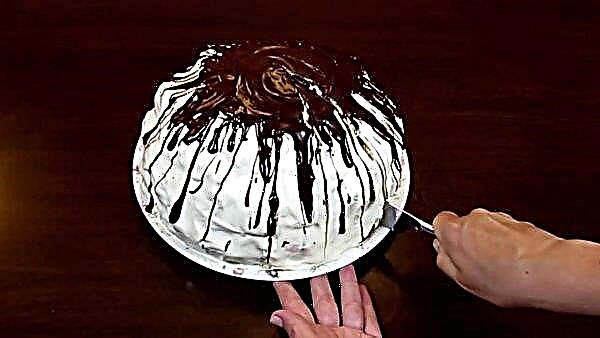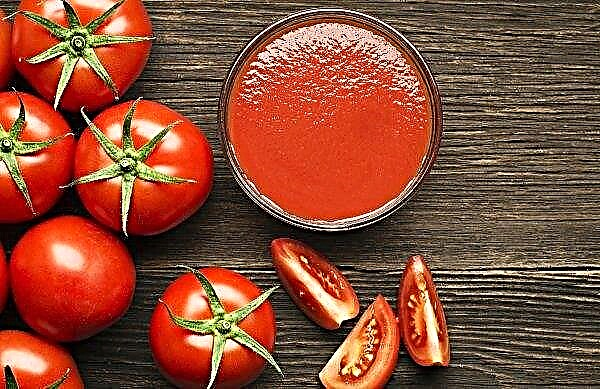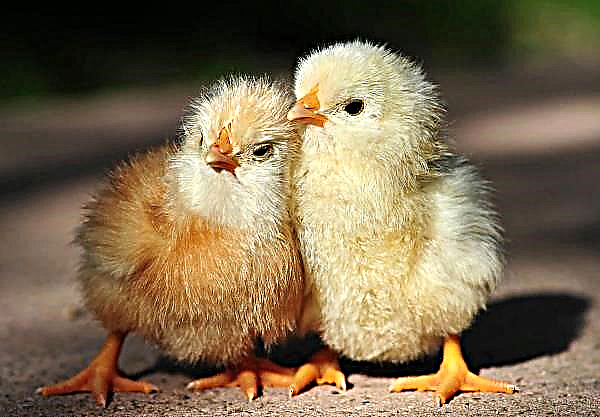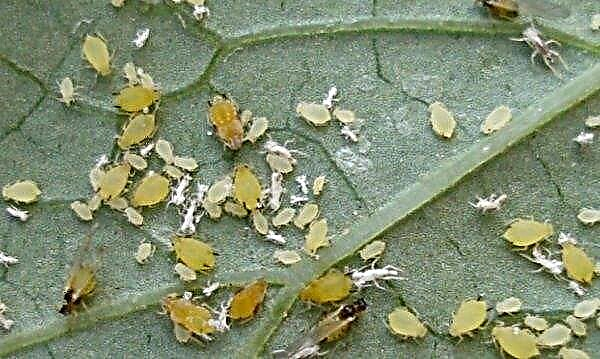Growing vegetables in a greenhouse can be not only a profitable business, but also at the same time decorating the site. This article has suggested ideas for building a beautiful greenhouse at home using polycarbonate.
What is the beauty of the greenhouse?
By constructing a greenhouse in the garden, I want not to disturb the beauty of nature and harmoniously fit the building into the landscape. Ideal in this situation is the use of design ideas that combine functionality, originality and unusual appearance.
The main features of such a building include:
- neatly executed design;
- consists of high-quality and modern building materials;
- a clean, decorated structure;
- visually fits into the environment.
Such a room is beautiful both outside and inside, it can have transparent glass walls, a non-standard roof and everything imagination is capable of.
Pros and cons of these greenhouses
Before proceeding with construction, it is important to weigh the pros and cons of polycarbonate design greenhouses.
- The pros can be considered:
- earlier harvest compared to film;
- long service life;
- low heat consumption combined with the greenhouse effect;
- resistance to atmospheric phenomena;
- light transmission up to 85%;
- the possibility of year-round plant growth.
- But there are also disadvantages:
- high material costs;
- difficulties in installation.
Did you know? In England, the city of Cornwall, a greenhouse was built, looking like a cluster of hemispheres consisting of honeycombs. The height under the dome is about 55 m, and tropical forests account for up to 1600 m².
Types of Greenhouses
Greenhouses are classified according to the following characteristics:
- Location: wall, stationary, portable, combined.
- Configuration: size, shape, style of execution.
- Finish: pattern, color polycarbonate or frame.
Let us consider in more detail some of them.
English
This species is built on a foundation, which eliminates the freezing of crops. The next distinguishing feature is the coating material - glass. Often it is replaced with polycarbonate, but this reduces the uniqueness of the structure.
In addition, the glass building has a higher transparency, and accordingly, the crop sings faster. They build a greenhouse with a gable, steep enough roof, the beams are placed at an angle of 45 °. A similar feature is designed so that snow does not collect on the roof, which can damage the structure.
- To summarize the above, we can highlight a number of advantages of English greenhouses:
- High light transmission. Plants do not feel the lack of lighting, which excludes the installation of additional light sources.
- Good heat retention.
- Strength due to the sturdy frame and the foundation.
The disadvantages include high installation costs.
The English-style greenhouse will be a great addition to the landscape design of your site, it can be used as a greenhouse, and thanks to the height of the structure - a winter garden.
Dome
Outwardly resembles a hemisphere, which consists of triangles.
As a coating use:
- Film. Affordable material that is easy to install but more suitable for seasonal facilities.
- Glass. It is expensive and requires a lot of labor during installation, at the same time it has the highest transparency.
- Polycarbonate. Durable material, easy to install, has satisfactory transparency, and also holds heat better than the above.

- Considering the positive aspects of the dome structure, it should be noted:
- Plants receive maximum light, it penetrates from all sides.
- Special microclimate. Warm air gathers under the stream, and at night it sinks and warms the plants.
- Sustainability. The base is wide enough that allows not to build a foundation.
- Profitability. Given the ratio of material costs and useful space.
Did you know? Holland has the largest number of greenhouses in the world. Their total area is 10 500 ha.
As for the flaws, these are:
- Large space costs.
- It is not possible to install shelves along the walls from the inside.
- A large number of joints that need to be sealed.
- The complexity of the design and installation.
Folding design
Used at different times of the year anywhere in the site. Usually it is small in size, which allows it to be stored anywhere. Constructed mainly from polycarbonate so that all procedures aimed at caring for the plant are carried out from the outside. They consist of a frame, a transparent coating and parts that open. Some are equipped with a chassis for moving in assembled form.
- This type of structure has several advantages:
- Affordable price.
- Easy installation.
- Mobility.
Fancy Greenhouses
There are a huge number of design options for greenhouse premises:
- pyramid;
- converted old bus;
- polygon, in most cases an octagon.
In addition to various forms, structures can differ in color and in the pattern that is applied to them.
We create a beautiful greenhouse with our own hands: step-by-step instructions
Many gardeners create greenhouses with their own hands, embodying the most daring ideas. Let us consider in more detail the stages of the assembly of the greenhouse.
The choice of shape and location for the greenhouse
When choosing a form, it is important to pay attention to the following criteria:
- Destination. Decide which culture will be cultivated, in what season and in what volumes.
- Lot size. How much space is allocated for development and is there a possibility of further expansion.
- Growing method (soil, rack, mixed).
- Climatic conditions.
The location for the construction should be as follows:
- lit throughout the day;
- closed from the wind;
- smooth.
It is better to build in the south or southeast, away from trees and buildings.

Preparation of materials
The most common materials for the construction of greenhouses include polycarbonate - a transparent polymer plastic. It is lighter than glass and many times stronger than film. It is sufficiently resistant to mechanical stress, which guarantees a long service life. At the same time, over time, the material does not lose its transparency. Given the ease of cellular polycarbonate, the construction of a greenhouse can do without a heavy frame. Another advantage is the stability of the building material to high temperatures and combustion.
There are two types of polycarbonate:
- monolithic (made in one layer);
- cell (consists of small hollow cells).
Important! Avoid any scratching effects on the polycarbonate, the remaining microcracks will turn into serious damage in the future.
You can cover the building with glass, which has a high light transmission. It is in glass greenhouses that the best microclimate parameters are created. With proper operation, such a structure will last quite a long time. But, proceeding to the installation of glass, you should pay attention to the fragility and sufficient weight of the material, which complicate its installation.
Also, in the construction of the frame, a tree is used, to which it is easy to attach covered ones. It is quite simple to work with wood, structures made of this material can be of various shapes, they are strong, despite the rather light weight.
Wireframing
The frame is the key to strength and durability of the structure. First of all, you need to choose the material to use:
- wood;
- plastic (heating or water pipe);
- metal (profile or arc).

When constructing a polycarbonate greenhouse, it is recommended to give preference to a metal that is able to withstand higher loads of the coating. Pipes well take the desired shape, are fixed and have a long service life.
Installation begins with the creation of the lower strapping, then the intermediate frames are assembled. After that, the frames are attached to the harness, and the whole structure is painted.
Sheathing and insulation of the frame
The next step is polycarbonate sheathing. They start the procedure from the end, attach it with self-tapping screws, and the excess is removed with a clerical knife.
Installation is carried out according to a number of rules:
- Sheets are protected by UV rays up, it is determined by the sticker on the material.
- Set so that the ribs are only vertical, otherwise the coating loses light transmission.
- Sheets are joined with the help of H-shaped profiles, but if this is not possible, overlap up to 5 cm on the frame.
- The recommended step of strengthening is 40 cm.
Important! When fixing polycarbonate, do not tighten the screws with great force, this can cause microcracks, which in the future will lead to complete destruction.
To avoid heat loss, all joints must be sealed. For this purpose, thicol and polysulfide mixtures are excellent, which can withstand various temperatures and their differences.
Greenhouse care
The finished building must be properly maintained:
- First of all, do not wash the polycarbonate surface with abrasive and chemical substances, because they destroy it.
- Timely repair damage and monitor the integrity of the structure.
- In the winter, when precipitation is necessary, it is necessary to regularly clear the roof of snow, using only soft brushes that exclude mechanical damage to polycarbonate.

A designer greenhouse can decorate any compound and even a cottage town due to the presence of a large number of interesting ideas for its construction. One has only to show imagination and follow some rules.



